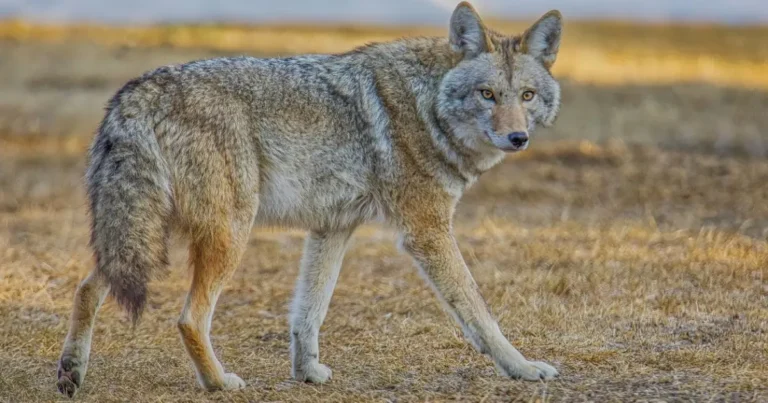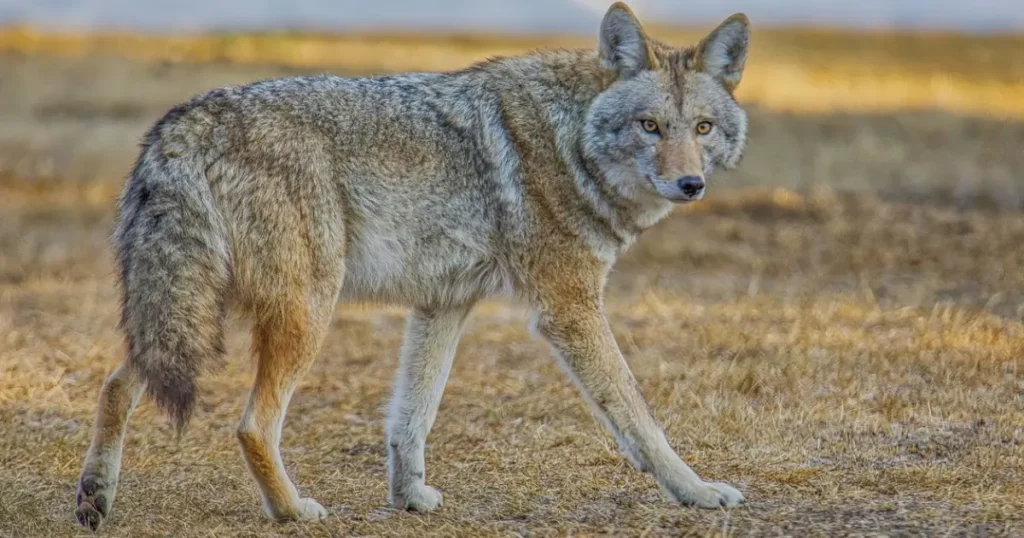
Photo by Tony LePrieur / Getty Images
By Dr. Valli Fraser-Celin
Twining, J. P., Kramer, D., Perkins, K. A., & Fuller, A. K. (2024). Landscape-scale population trends in the occurrence and abundance of wildlife populations using long term camera-trapping data. Biological Conservation, 290, 110398. https://doi.org/10.1016/j.biocon.2023.110398
Monitoring and estimating wildlife populations is a key way to make evidence-based conservation decisions for conservation biologists, natural resource managers, and other decision-makers. A recent study used long-term camera trapping data to estimate population trends for six species in New York State: coyotes, red foxes, grey foxes, bobcats, white-tailed deer, and eastern wild turkeys.
How does camera-trapping help conservation?
Understanding how a species’ population changes over time and space is important for the conservation of that species. Camera-trapping can provide spatial information and data about different species over time. Effective modelling regarding species populations can predict the potential for biodiversity loss and recovery. Additionally, if we are to consider wildlife welfare, camera-trapping provides a non-invasive approach to monitoring population trends over time for multiple species at once. Understanding population sizes can provide information on whether wildlife populations may be in need of conservation-focused interventions, or if a population is over-abundant, which could create socio-economic impacts (e.g. human-wildlife conflict) or ecological impacts (e.g. limited vegetation due to overgrazing by deer).
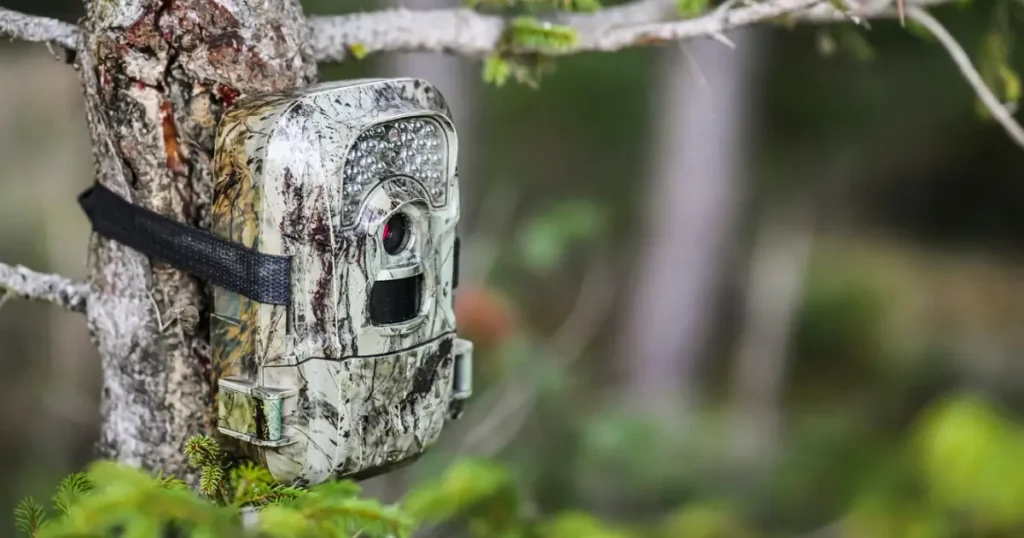
Photo by Milan Krasula / Getty Images
This study focused on camera-trapping data that spanned 8 years (2014-2021) throughout approximately 70,096 square kilometres in New York State. The authors examined species population trends for all six species:
Species | Population Trends |
|---|---|
Coyote and Red fox | Both species’ population abundance remained relatively stable over the eight years, and both were widely distributed across the study area. |
Gray fox | Low but stable population. |
Bobcats | Very low occupancy. |
White-tailed deer | Populations increased over time and were abundant across the study area. This is mainly due to the extirpation of their main predators (grey wolves and mountain lions). |
Eastern wild turkey | Low occupancy with a slight trend upwards. |
What do these population trends mean?
These population trends need to also consider the historical context in which they occur. Coyote populations remained stable despite concerns of increasing population and subsequent potential social and ecological negative impacts. Red fox populations are doing well, are well- adapted in the region, and are widely distributed throughout.
White-tailed deer populations have been shifting in North America due to climate change including warmer winters and extended growing seasons; the return of native predators, like wolves, would mitigate this population trend and the impacts that accompany an overabundance of deer.
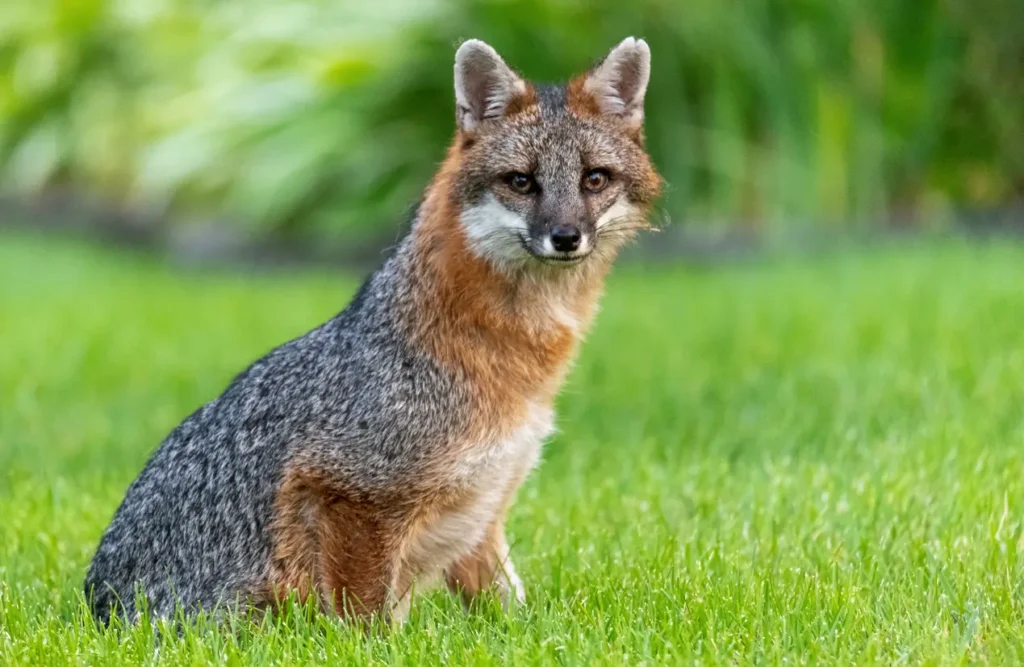
Photo by Tammi Mild / Getty Images
There have also been concerns about declining grey fox populations primarily due to predators and disease; despite their population being stable, it remained low over the 8-year period, warranting further investigation into targeting conservation strategies.
Despite other studies revealing that wild turkey populations are in decline across the state, this study showed a small upward trend in population. However, the authors are cautious about this trend due to sampling having occurred during early migration/seasonal range in late March during milder temperatures, among other factors; more continued monitoring is therefore needed.
Bobcat occupancy is very low despite doing well in other regions of North America. Bobcats were historically over-harvested in the region, and the population could still be recovering. More intensive monitoring of the species in the State of New York would develop a better understanding of the drivers of this low population and potential recovery strategies.
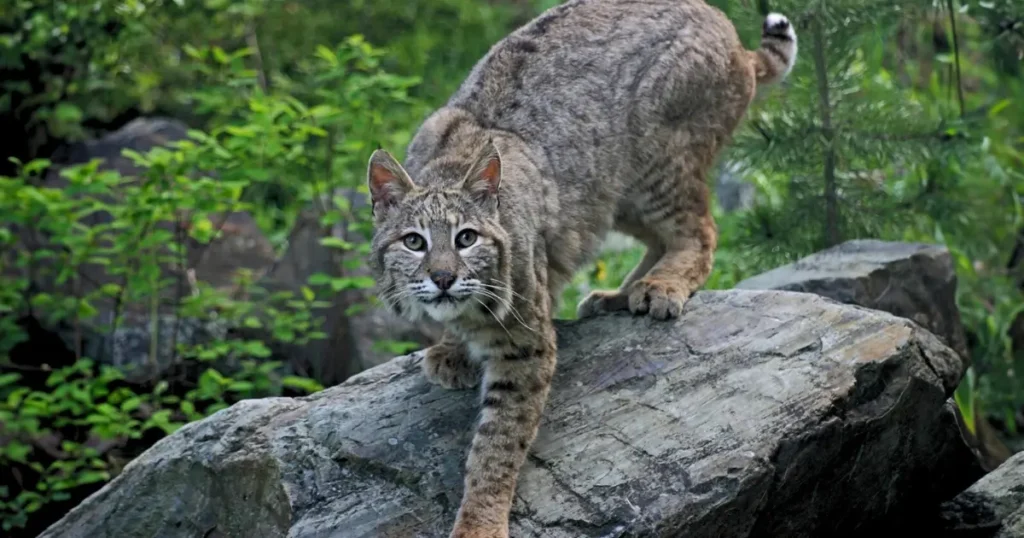
Photo by Anita Elder Design / Getty Images
Camera-trapping is a tool that can produce large amounts of quantitative data sets for multiple species, as demonstrated in this study. This conservation tool is also non-invasive for wildlife compared to live trapping, for example. More specific conservation strategies can be established with robust data on population and range, which can both be achieved with camera-trapping.
About Dr. Valli Fraser-Celin
Dr. Valli Fraser-Celin holds a PhD in Geography from the University of Guelph where she studied human-African wild dog conflict and conservation in Botswana, Africa. Valli has always been interested in the human dimensions of wildlife, in particular, humans’ relationships with large carnivores, she collaborated with the Fur-Bearers on a research project exploring Canadians’ perceptions of and knowledge about wolves. Valli is also passionate about dogs, and advocates for dog welfare through her Instagram @thelivesofwilddogs. In her spare time, she runs a pet pantry at her local community centre for pet guardians experiencing pet food insecurity.
